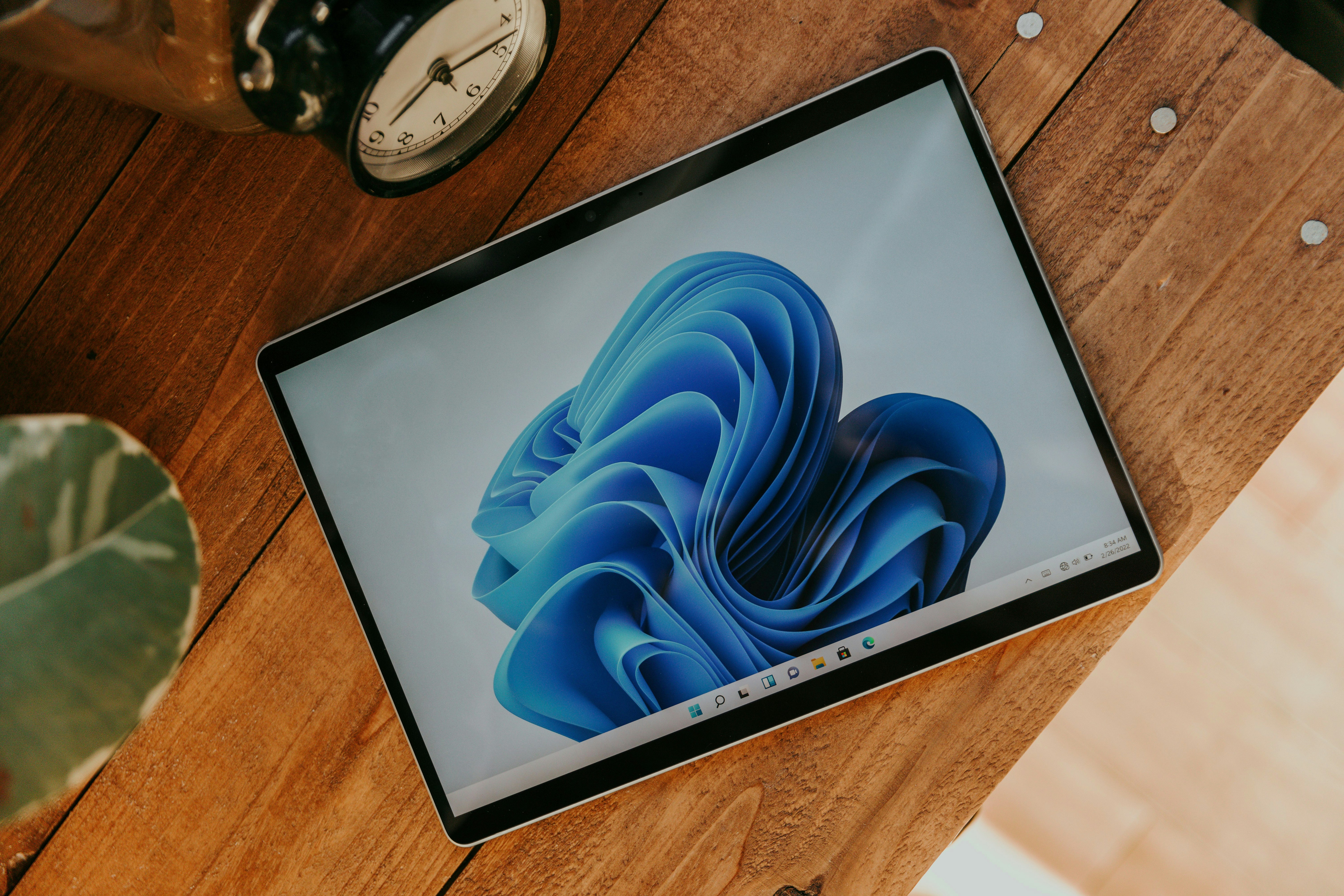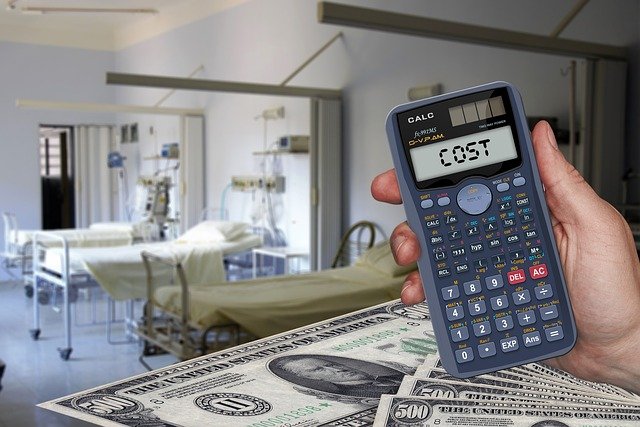Redefining Boundaries: The Game-Changing Impact of Stretchable Electronics
Introduction: Imagine a world where your electronics aren't confined to rigid shapes and forms. Welcome to the exciting realm of stretchable electronics—a technology that's poised to redefine the boundaries of electronics design and usage. We're diving into the history, current developments, and future implications of this tech marvel.
A Walk Through Memory Lane: The Genesis of Stretchable Electronics
Stretchable electronics, also known as elastic electronics, emerged from the field of flexible electronics. Flexible electronics began in the early 2000s when manufacturers started exploring bendable substrates to create more adaptable devices. However, the true breakthrough came when scientists began experimenting with stretchable materials, thus birthing stretchable electronics around 2010.
The primary challenge was finding materials that could maintain electronic properties despite significant stretching and bending. Initial attempts resulted in devices that could stretch a mere 20-30% before losing functionality. However, continuous research and development have led to devices today that can stretch more than 200% while still maintaining their electronic properties.
The Present Scenario: Breakthroughs and Innovations
Fast-forward a decade, and stretchable electronics are no longer a theoretical concept. They are being used in numerous applications such as wearable technology, medical devices, and flexible displays.
One of the most innovative applications of stretchable electronics is in the health sector. For instance, MC10’s BioStamp nPoint system, a stretchable sensor patch, can monitor patient’s vital signs and muscle activity with greater accuracy and comfort than traditional rigid devices.
In the consumer electronics space, Royole Corporation launched the world’s first commercial foldable smartphone, the “FlexPai,” in 2018. The FlexPai uses a flexible display that relies on stretchable electronic technology, showcasing its potential for future mainstream consumer products.
Crunching the Numbers: Market Impact and Pricing
The market for stretchable electronics is expected to witness exponential growth. According to a report by MarketsandMarkets, the stretchable electronics market is projected to grow from USD 29 million in 2021 to USD 411 million by 2026, at a CAGR of 86.4% during the forecast period.
The cost of stretchable electronic devices is currently on the higher side due to the novelty of the technology and the complexity of the manufacturing process. However, as the technology matures and achieves economies of scale, the prices are expected to become more consumer-friendly.
Looking Ahead: The Future of Stretchable Electronics
Stretchable electronics hold the potential to revolutionize various industries. In the healthcare sector, they could lead to more comfortable wearable devices for continuous health monitoring. In consumer electronics, they could enable flexible displays that can be folded or rolled up when not in use.
Further, stretchable electronics could also find applications in sectors like the military for developing advanced wearable tech for soldiers, and in automotive for designing flexible displays and sensors.
Wrapping Up: Stretching the Boundaries of Possibility
Stretchable electronics are an exciting frontier in the tech world. While the technology is still in its nascent stage, the possibilities it brings are endless. From foldable smartphones to smart fabrics and health-monitoring tattoos, the impact of stretchable electronics could be transformative.
As we stand on the cusp of this technological revolution, it’s clear that stretchable electronics are pushing the boundaries of what’s possible, quite literally. And in doing so, they’re redefining the way we interact with technology, one stretch at a time.





